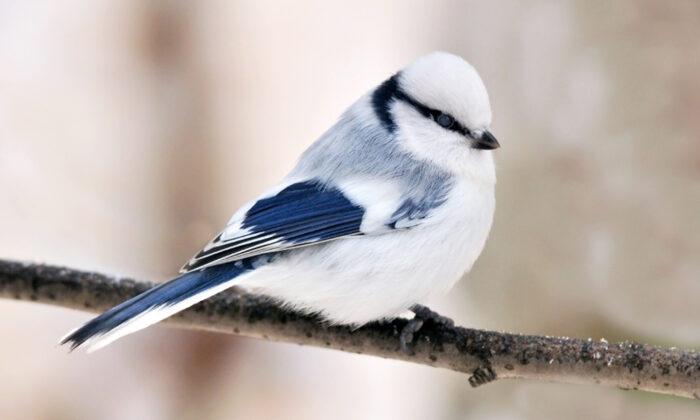Whether you’re a city dweller or a countryside aficionado, there’s always a reason to take a moment out of your day to appreciate the beauty of nature. The azure tit is a prime example; a tiny songbird dressed in frost-blue feathers with the ability to catch the eye and melt the heart all at once.
Meet the Azure Tit, a Tiny Frost-Blue Songbird Enchanting People With Its Cuteness
Save

Vitpolyak/Shutterstock
Updated:




